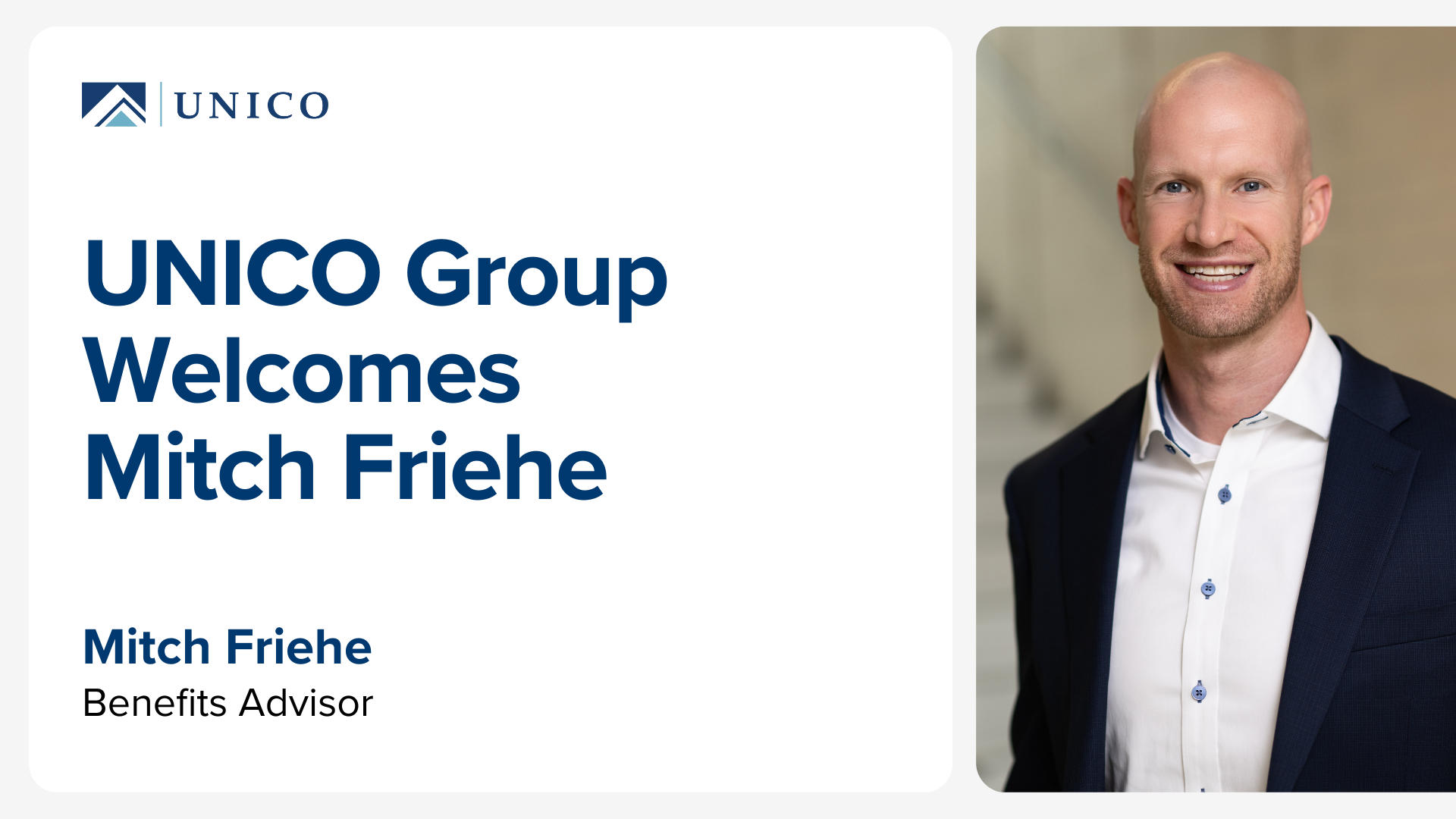We have seen countless articles on the subject of what employers will face in the way of penalties if they don’t follow the new federal mandates for health care reform. The following article is a summary of the best articles we have found from industry sources.
Health care reform known as the Affordable Care Act (ACA) goes into effect Jan. 1, 2014. If you are an employer with 50 or more employees, the ACA requires “shared responsibility” for affordable health insurance coverage and imposes a tax penalty if the requirement is not met.
Small businesses with less than 50 FTEs will be exempt from the employer coverage “mandate”. For employers of less than 50 FTE then the rules are much simpler and they may be eligible for a health insurance tax credit.
Any employer with 50+ full-time equivalents (FTE) is considered a large employer. This includes all part time employees and the hours they work each month. A specific formula describes the process but in short it uses the total hours in a specific month worked by all part-time employees and divided by 120 to arrive at the FTE number. Add that back to your full-time employee count to arrive at total FTE employees to see if the employer goes over the 50 person level.
This article explains the shared responsibility requirement for employers with 50 or more employees. It also provides a formula to estimate the potential tax penalty.
The IRS imposes the penalty when:
1. An employer does not offer employee health insurance; or
2. An employer requires employees to contribute too much for a company-sponsored health plan
and the employees receive government subsidies for coverage.
To find out if you fall into the second category, take these steps to calculate an estimated tax penalty.
4 Step Process to Estimate Potential Tax Liability
Employers with 50 or more employees that offer health insurance but require large employee contributions should follow this four-step method to estimate their potential tax penalty liability under the ACA:
- Step 1: Multiply each employee’s annual W-2 wage by 9.5 percent.
- Step 2: Annualize the employee’s contribution for “self-only” health insurance (i.e., ignore the employee’s contribution for dependent children and spouse.)
- Step 3: Compare the employee’s self-only contribution for health insurance to the 9.5 percent of salary threshold.
- Step 4: Determine whether the employees who must pay more than 9.5 percent of W-2 wages qualify for a subsidy. Single people who earn roughly between $15,400 and $46,000 per year will be eligible for a subsidy to lower the cost of their health insurance.
Employers will pay a $3,000 penalty for each employee who is required to contribute more than 9.5 percent of W-2 income towards company-sponsored health insurance AND instead of enrolling in the group plan, the employee purchases health insurance in the Exchange and receives a subsidy for coverage. Employers will not face a penalty for employees who earn greater than 400 percent of the poverty level ($46,000 for a single head of household in our example) because these employees do not qualify for subsidies.
All non-grandfathered health plan benefits and rates will change Jan. 1, 2014. By following the four steps above an employer will have some idea of the potential tax penalty from this portion of the Affordable Care Act.
Does the Penalty Apply? Considerations and Definitions
Employers seeking to specifically calculate the penalty should consider:
a) The definition of an “employee” for purposes of the penalty.
b) The definition of “affordable” coverage.
c) How to calculate the penalty.
a) Employee Definition
While the IRS is still developing its guidelines, we know that the IRS considers any employee who works at least 30 hours per week to be a “Full Time Equivalent” or “FTE” and to be eligible for health insurance.
The IRS issued guidelines for determining full time employee status for employers who use seasonal and/or part-time employees. The IRS allows an employer to use different “measurement periods” and look back at previous three to twelve month periods to determine if an employee worked an average of 30 hours per week.
Note: Seasonal employees are not counted if working less than 120 days a year.
b) Affordable Coverage
The IRS has said that: “Coverage under an employer-sponsored plan is affordable to a particular employee if the employee’s required contribution […] to the plan does not exceed 9.5 percent of the employee’s household income for the taxable year” (see Page 2 “Proposed Affordability Safe Harbor for Employers.”
The IRS realizes that most employers will not likely know the “modified adjusted gross household income” of their employees because household income includes earnings from non-employees. Accordingly, the IRS gives a “safe harbor” option for employers. The IRS will not penalize an employer when an employee’s contribution for self-only coverage does not exceed 9.5 percent of the employee’s W-2 wages rather than household income.
c) Penalty Calculation
- Penalty for Not Offering Coverage: An employer with 50 or more FTEs that does not provide health insurance that meets the “minimum essential coverage” requirements will be subject to a penalty of $2,000 per year multiplied by the number of FTEs, minus 30.
So, for example an employer with 100 FTEs would be subject to a penalty equal to:
(100 – 30) x $2,000 = $140,000 - Penalty for Employee Contribution: If a company offers health insurance coverage that meets the minimum requirements, but requires some employees to contribute more than 9.5 percent of the employee’s W-2 wages (safe harbor), and those employees obtain health insurance through the public exchange and they receive a subsidy for coverage; then the employer would pay a penalty of $3,000 per employee receiving the subsidy.
In this way, an employer could offer health insurance coverage and the IRS would still impose a penalty.
For example, an employer with 100 FTEs offers coverage that meets the minimum essential coverage requirements but 10 employees pay more than 9.5 percent of their W-2 wages (safe harbor) – AND the employees obtain a subsidy for coverage in the California Exchange – then the employer would pay a fine for each employee receiving the subsidy or 10 FTEs x $3,000, or $30,000.
The maximum penalty for an employer with more than 50 employees that offer coverage but requires employees to pay more than 9.5 percent of an employee’s wage would be: total FTEs minus 30 FTEs times $2,000. The penalty will not be higher than the employer who offers no coverage.
Please note: these guidelines should not be the only source a business owner uses to make a decision and should not be considered legal or tax advice as that can only be provided by a component attorney, CPA or other professional tax advisor.
If a client wishes to discuss their potential health care insurance coverage and requirements it would be best to secure an appointment with one of the health insurance producers in UNICO Midlands who can provide additional help in the area of health care reform.



